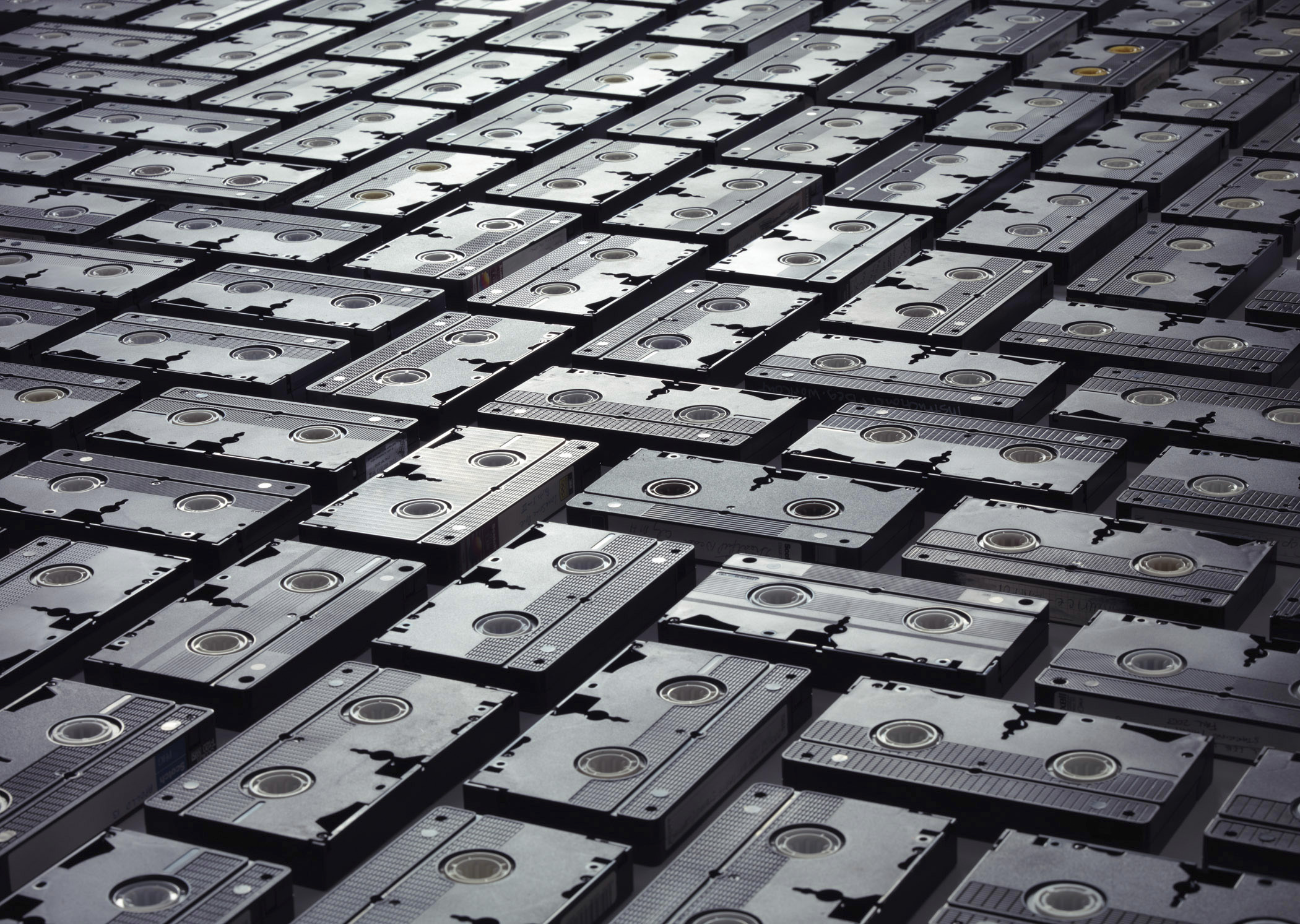6 Treasures Lurking in Your Attic—and How to Get the Most Money for Them
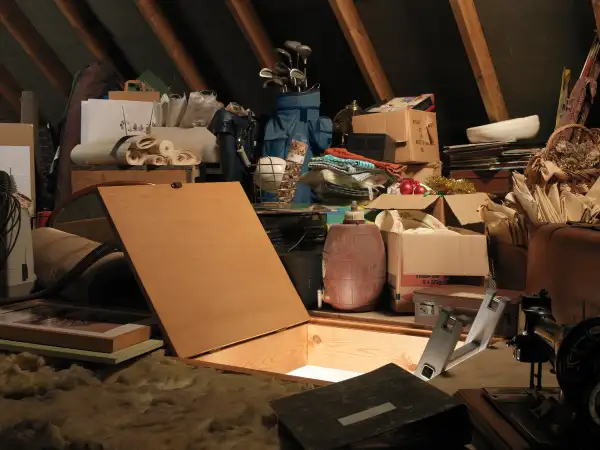
It can be hard to justify your hoarding habits. Sentiment, after all, can only go so far in convincing a loved one to let you keep something for which you have no practical use.
But if you're lucky—very lucky—you’ll find treasures hidden amongst the clutter in your attic, basement, or storage unit. Oftentimes, the most valuable of these are inherited and overlooked for years. But in this age of instant nostalgia, more and more items from the semi-recent past are capturing top dollar.
Determining what's junk and what's not can be tricky, though. Certainly, the best way to see if there's a market for your items is to scan sites like eBay and Craigslist, but often there are targeted sites for specific categories as well. And those can be good places to do preliminary research and learn the ways to get the highest price.
And, no matter what you're selling, if you're seeing closed sales at high dollar values (and read closely to see if the item was actually sold, rather than an auction ending without a buyer), it might be worth getting a formal appraisal from an expert.
Here’s how to find out whether your 'junk' is someone else’s treasure.
Old electronics - That old computer, cell phone or, in some cases, game system might be worth a lot more today than it was when you bought it. While most people want the latest and greatest gadgets, a growing number of collectors are coveting outdated technology.
A Motorola DynaTAC 8000x cell phone (the first handheld portable mobile phone), for instance, might be useless, but a buyer recently shelled out $375 for one. The APF Imagination Machine, a game system/home computer hybrid from 1979 that originally cost $700, sold in May for over $2,100. The worst selling game console of all time, the Gizmondo (original price: $229-$400), goes for up to $725 with games today. And a consumer reel-to-reel tape player/recorder from Sony from the mid-1970s, has sold for over $4,000.
Getting the most: Beyond the usual auction sites, head over to Sage BlueBook, a search engine that gives reliable prices for used electronics. Note that Sage is more focused on relatively recent electronics, so if you're curious about electronics that are 30 years old (or more), Auction Team Breker, which focuses on 'technical antiques' might be a better starting point.
Of course, if you have the original box a product came in and all of its cords and accessories, you'll earn more. And keep an eye out for old tech in pop culture. After Guardians of the Galaxy came out, there was a surge of interest in Sony's TPS-L2 Walkman, the model Chris Pratt's Star-Lord character used in the film.
Old toys/games - Those Star Wars toys you played with as a child? There's money in those—especially the ones you never got around to opening. Now we're talking real money.
Late last year, a rare Luke Skywalker action figure sold for $25,000 at a Sotheby's auction. (Other, less rare, toys from the film series were just as hot. A collection of commemorative coins released from toy manufacturer Kenner sold for $27,500.)
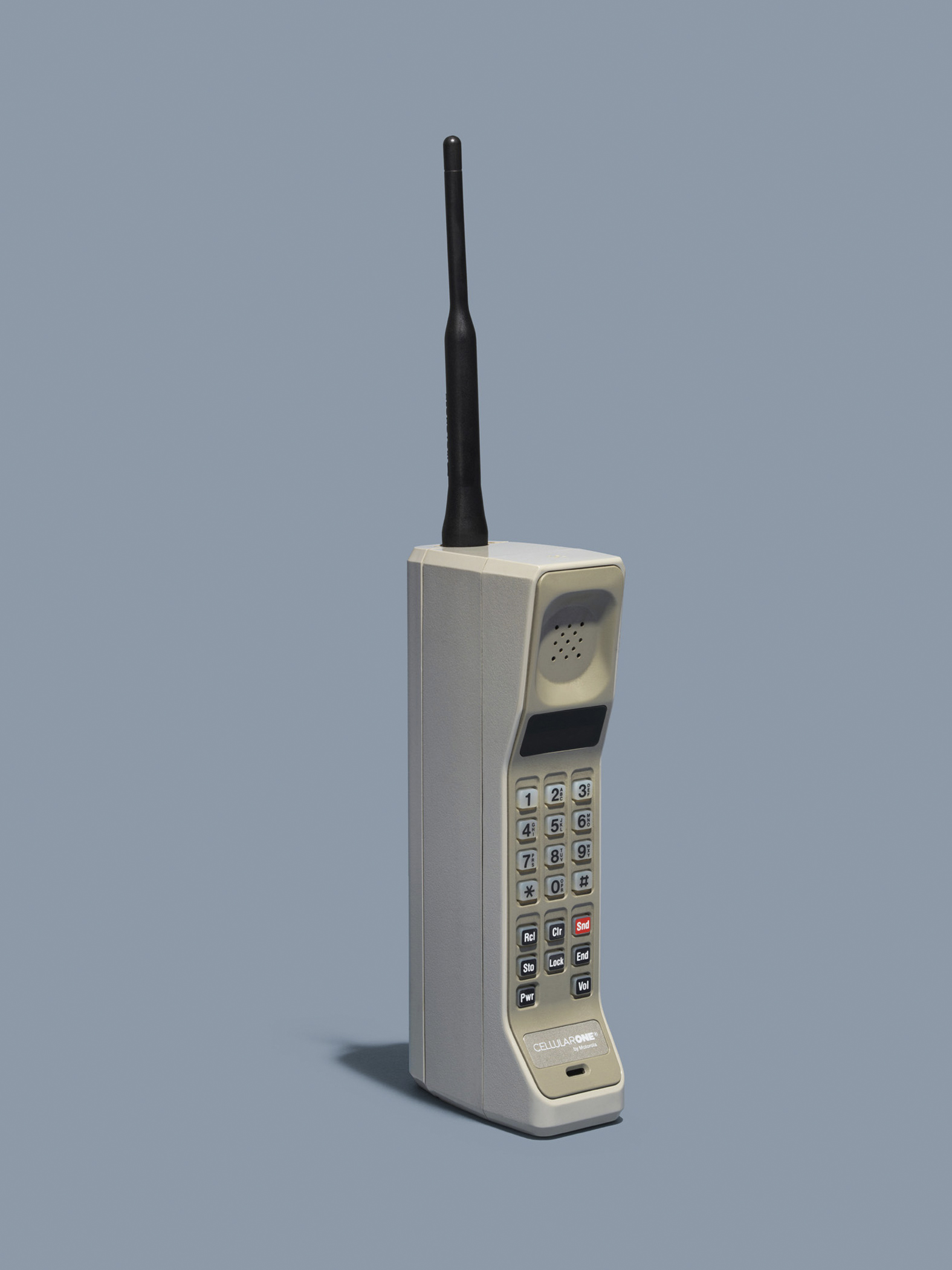
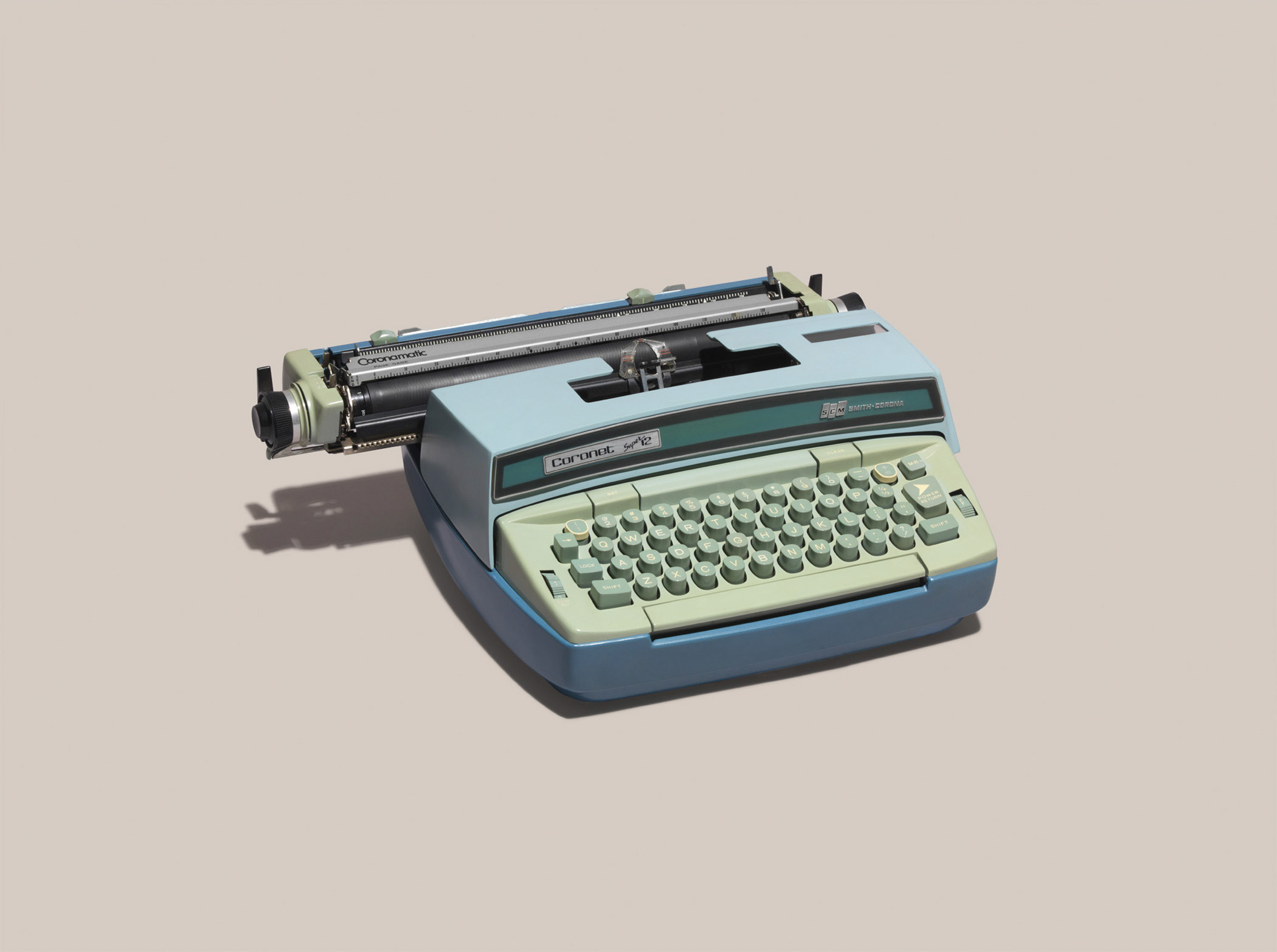
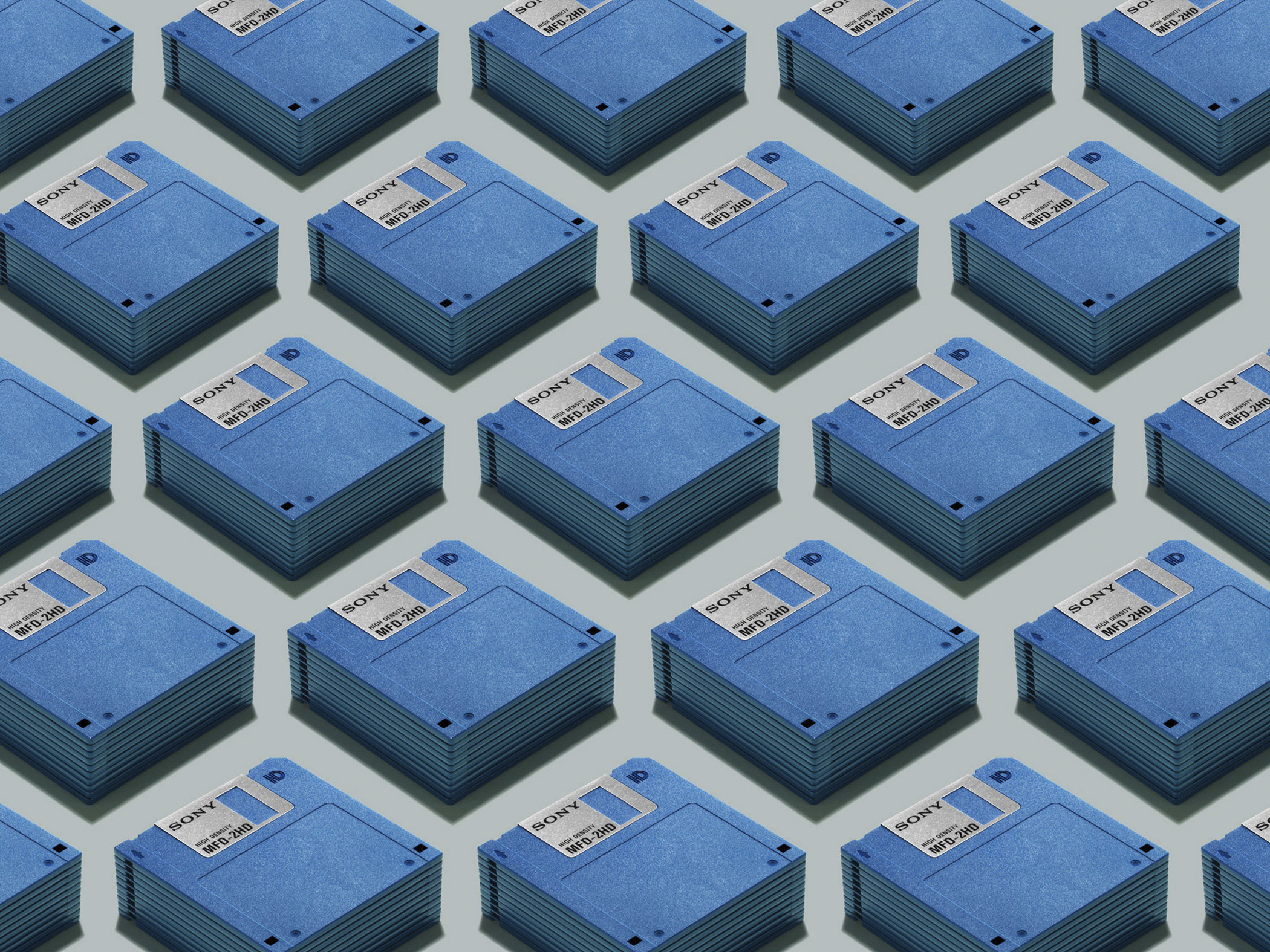
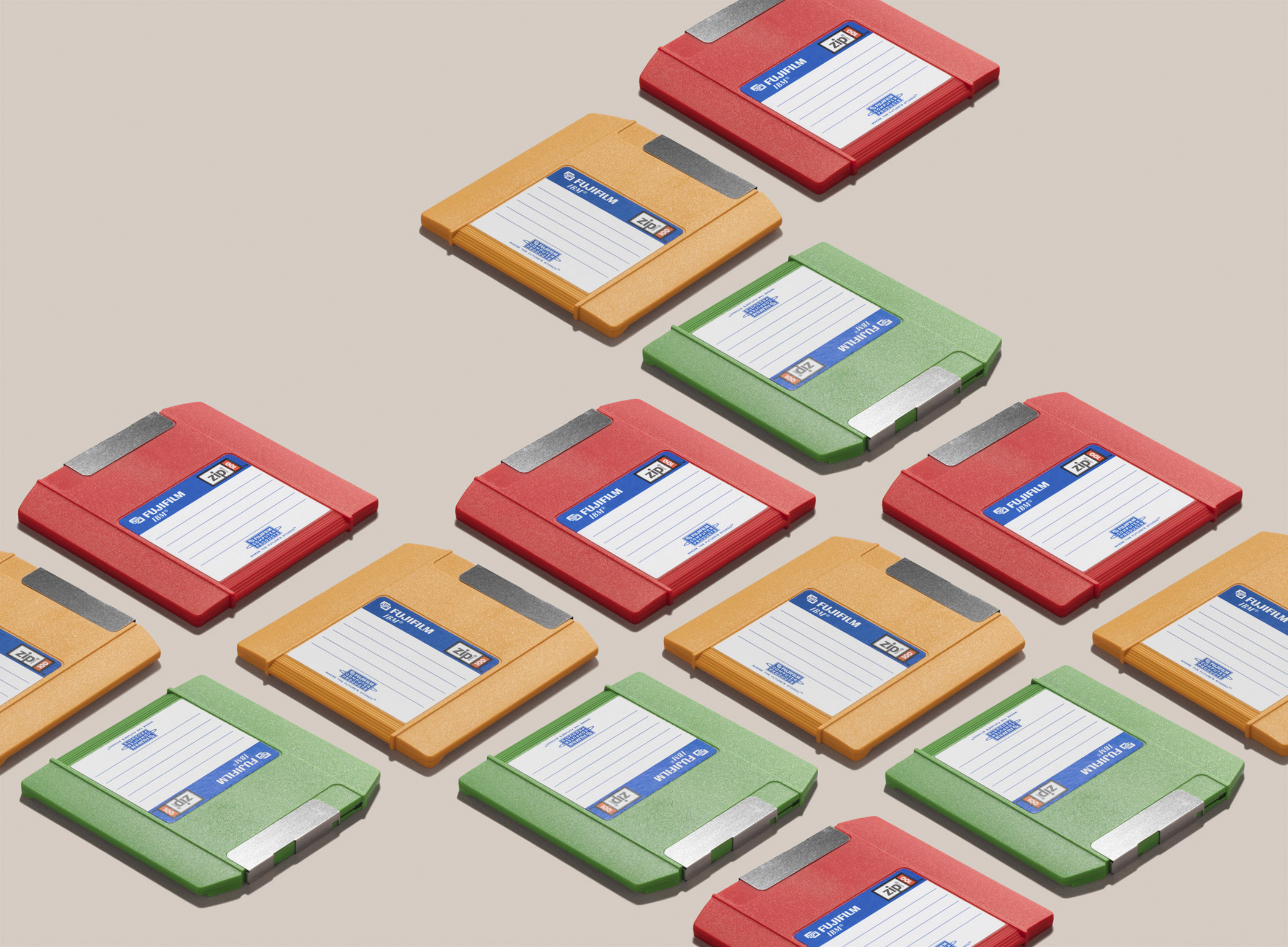
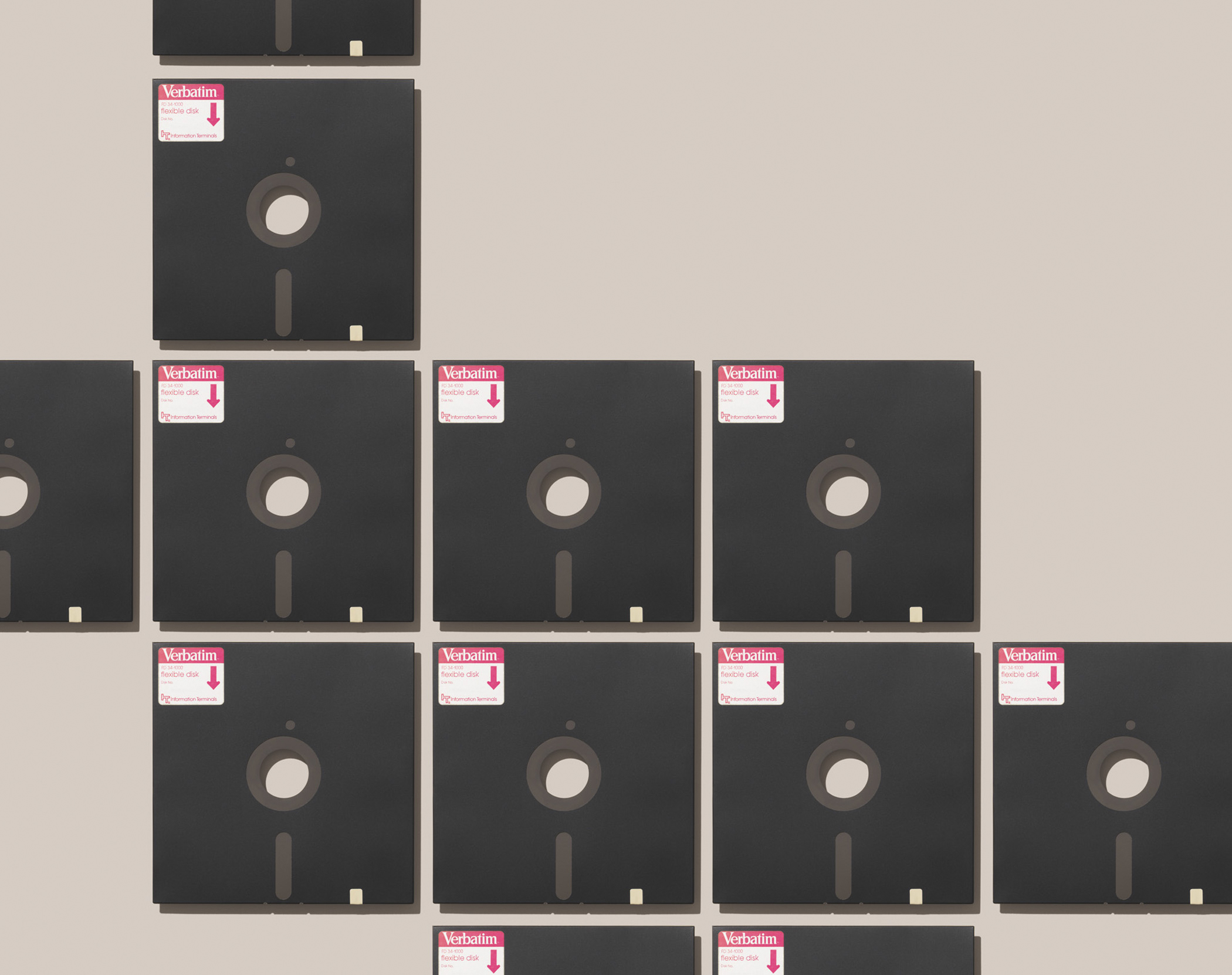
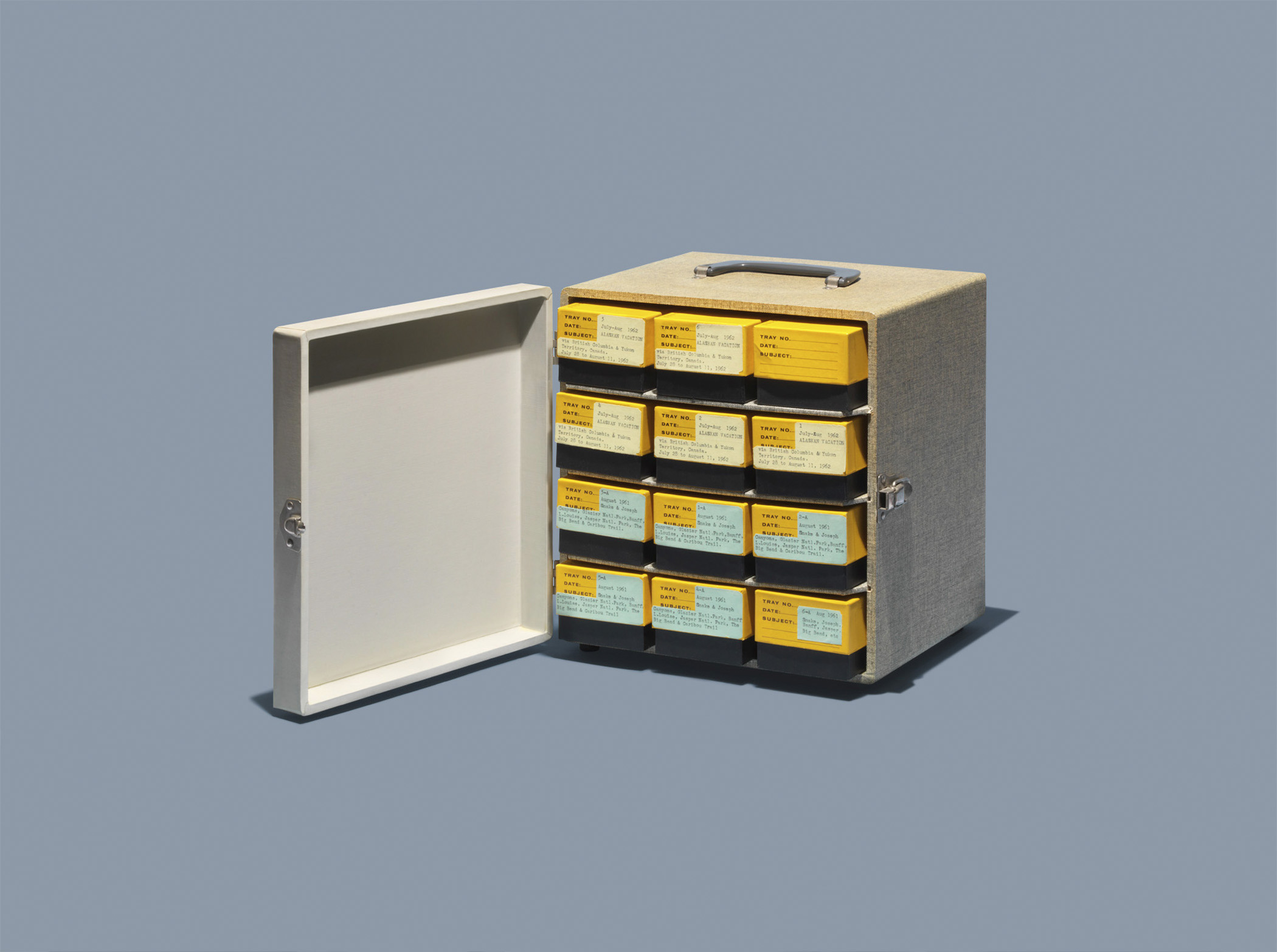
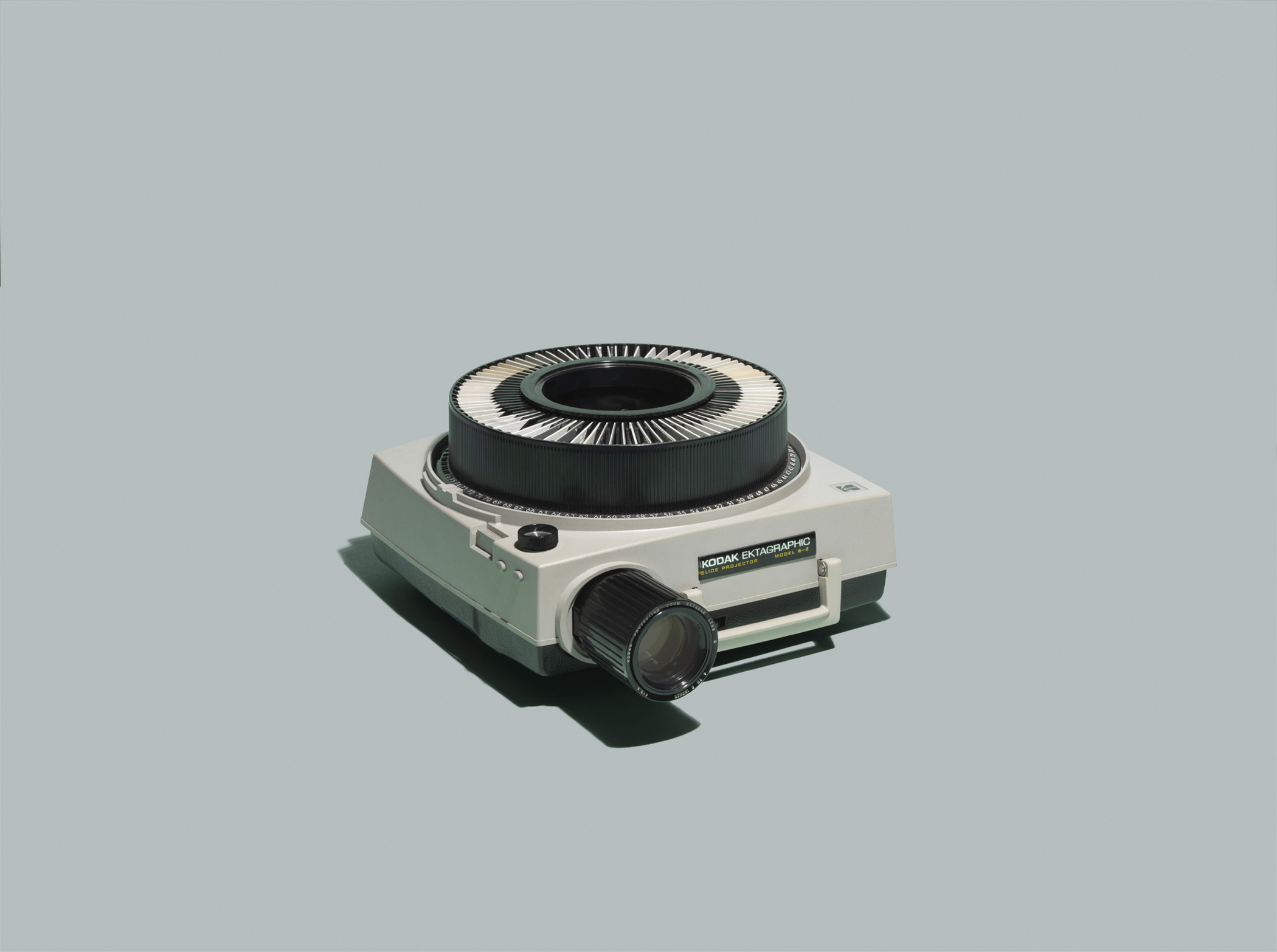
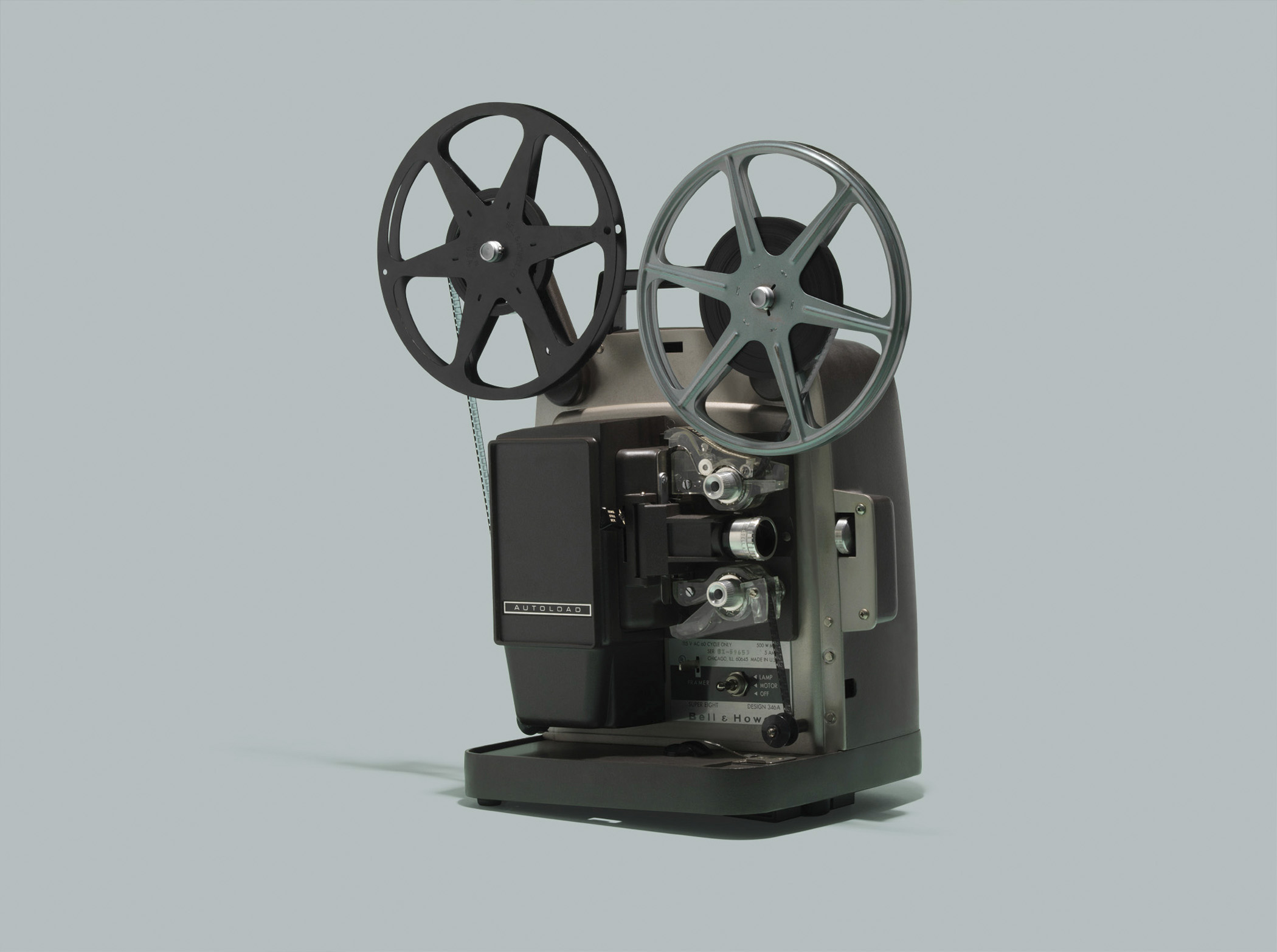
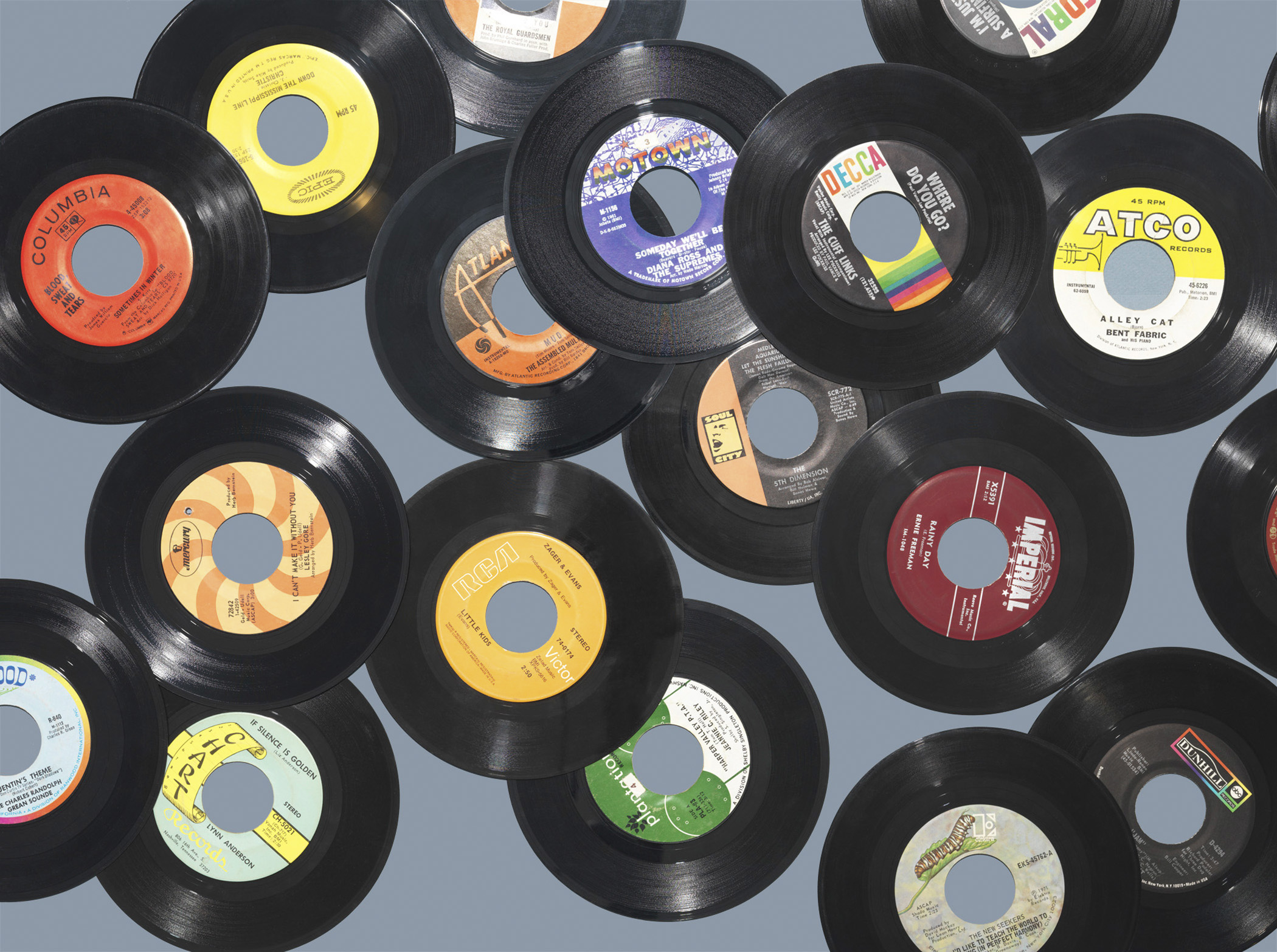
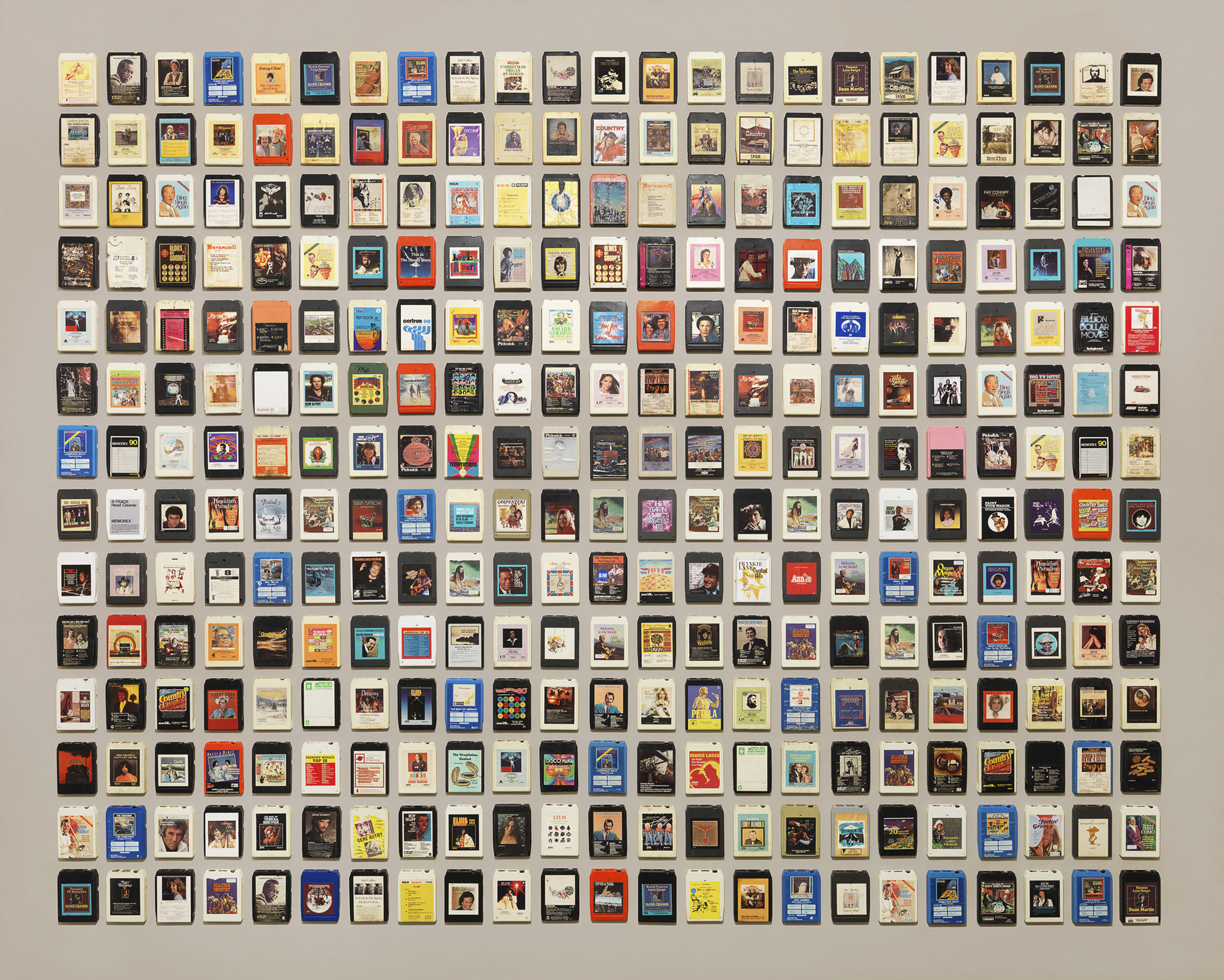

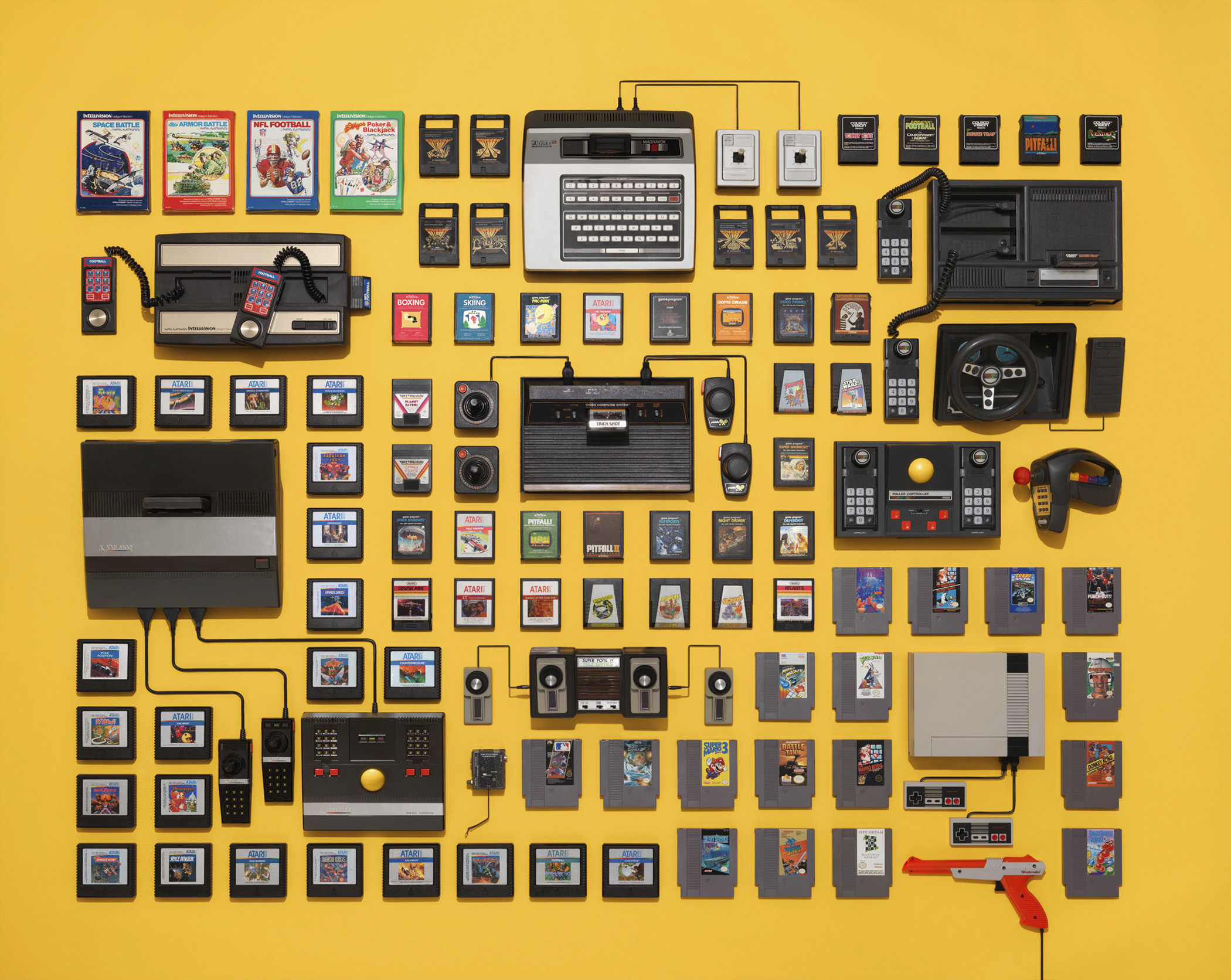

Old board games are also in demand, though it's usually for games you may have long forgotten. A 1963 Godzilla board game sold for $729 in May and 1970's Which Witch? has commanded bids of $400.
Getting the most: Because the 'toys' category is such a wide-ranging field, it helps to narrow things down when you're determining what might be worth selling. Amazon is filled with specific price guides for everything from Hot Wheels to Fisher-Price toys to Star Wars figurines.
As with electronics, packaging is key. An unopened action figure, for instance, is generally worth substantially more than one that has been played with. If you've lost the toy itself, though, some collectors will pay just for the packaging to increase the value of an earlier investment.
Comic books - The odds of you having a copy of Action Comics #1 (where Superman made his debut) or Amazing Fantasy #15 (which welcomed Spider-Man to pop culture) are so distant they're not worth discussing. But there are plenty of other highly sought-after comics from the ‘70s, ‘80s and ‘90s that you might be hiding in a box somewhere.
A near mint copy of 1974's Amazing Spider-Man #129, for instance, is worth more than $8,500, as it featured the debut of "The Punisher." The first Teenage Mutant Ninja Turtles, recently captured $900 despite it being a second printing of the book. And a copy of 1990's New Mutants #98, which introduced the character Deadpool, picked up $1,600 in April.
Getting the most: The quality of your comic is just as important, sometimes moreso, than its scarcity. A visit to your local comic shop is often a good first step. Those dealers can sort out what's special and what's in a condition that collectors will appreciate. Think twice about selling directly to them, though, since you can often get more via auction. The online site Comic Connect is another tool you can use to determine demand.
If you've got a comic that's extraordinarily rare, a formal grading of quality from recognized authority CGC will likely result in a higher sale price. Anything of even moderate potential value should be protected in a plastic bag with a cardboard backer. And keep an eye on the release schedule for upcoming films and television shows based on comics. When those come out, there's typically a surge of interest in the brand, which gives prices a boost.
Sports Cards - Just like you probably don't have the first Batman comic tucked away, odds are low you don't have a Honus Wagner card stowed as a bookmark somewhere. But if you were an avid childhood collector, you might have some gems and not realize it.
Of course, rookie cards from the all-time greats are the most valuable. A 1969 Reggie Jackson rookie card can be worth $1,800 and up. A 1979 Wayne Gretzky rookie card captured more than $800 in late June. And a 1986 Michael Jordan rookie card from Fleer could get you $1,600.
Getting the most: Cards made after 1979 are less likely to hold as much value, in part because of production increases by the big companies. And cards from the '50s and 60s had much more limited runs. If your card has a serial number on it, that can increase the value as well (especially if it's one of the rare ones that's "1/1"). "Insert" cards—ones that were only put into a handful of packs—also command more money.
Ultimately, though, like comics, it often comes down to condition. If you've got a stain, crease, tear, or bent corners, your chances of selling it for a substantial amount are significantly lower.
VHS Movies – Sure, it’s an outdated and inferior way to capture video, but VHS still has a contingent of fans. And while most of your collection is likely fairly worthless, if you had eclectic tastes in the heyday of the videotape days, you could see benefits today.
Schlocky horror films tend to command top dollar. A copy of 1987's Tales from the Quadead Zone sold for $700 in 2011. And a copy of World Championship Wrestling's Bash at the Beach 2000 has sold for up to $600. Some big hits are still worth big bucks, too. A rare unopened Diamond Classic version of Disney's Beauty and The Beast can fetch hundreds of dollars. (You should ignore online reports that any Disney Black Diamond VHS tape is worth $1,000 or tens of thousands of dollars— that's balderdash.)Getting the most: The reason horror (and exploitation) films tend to command top dollar is because they're unlikely to be digitized or transferred to DVD and Blu-ray. That scarcity creates demand. And the lower visual fidelity often covers up questionable special effects.
Collectors look for original films (not tapes of tapes) in their original packaging. And the more obscure the movie, the better your chances of finding a buyer. Curious to learn more about the VHS collector culture, the 2013 film Adjust Your Tracking can fill in all the blanks.
Video games - The selling power of old games is no mystery, but you don't have to have the rarest of the rare to capitalize on your hobby.
A Dreamcast copy of Marvel vs. Capcom can fetch more than $175. 1998's Pokemon Red Version for the Nintendo Game Boy sold for $560 in April. And, that same month, a copy of EarthBound for the Super Nintendo Entertainment System, sold for $2,000.
Getting the most: To best know what's in high demand, spend some time not only on auction sites, but browsing the gaming forums on Reddit, where users sometimes post requests for titles they're seeking. It also doesn't hurt to pay a visit to Video Game Price Charts, though don't take those numbers as gospel.
Finally, see what sort of trade credit Amazon is offering for your titles. The higher the site is willing to pay, the greater the chances you can earn even more on a traditional auction site.

